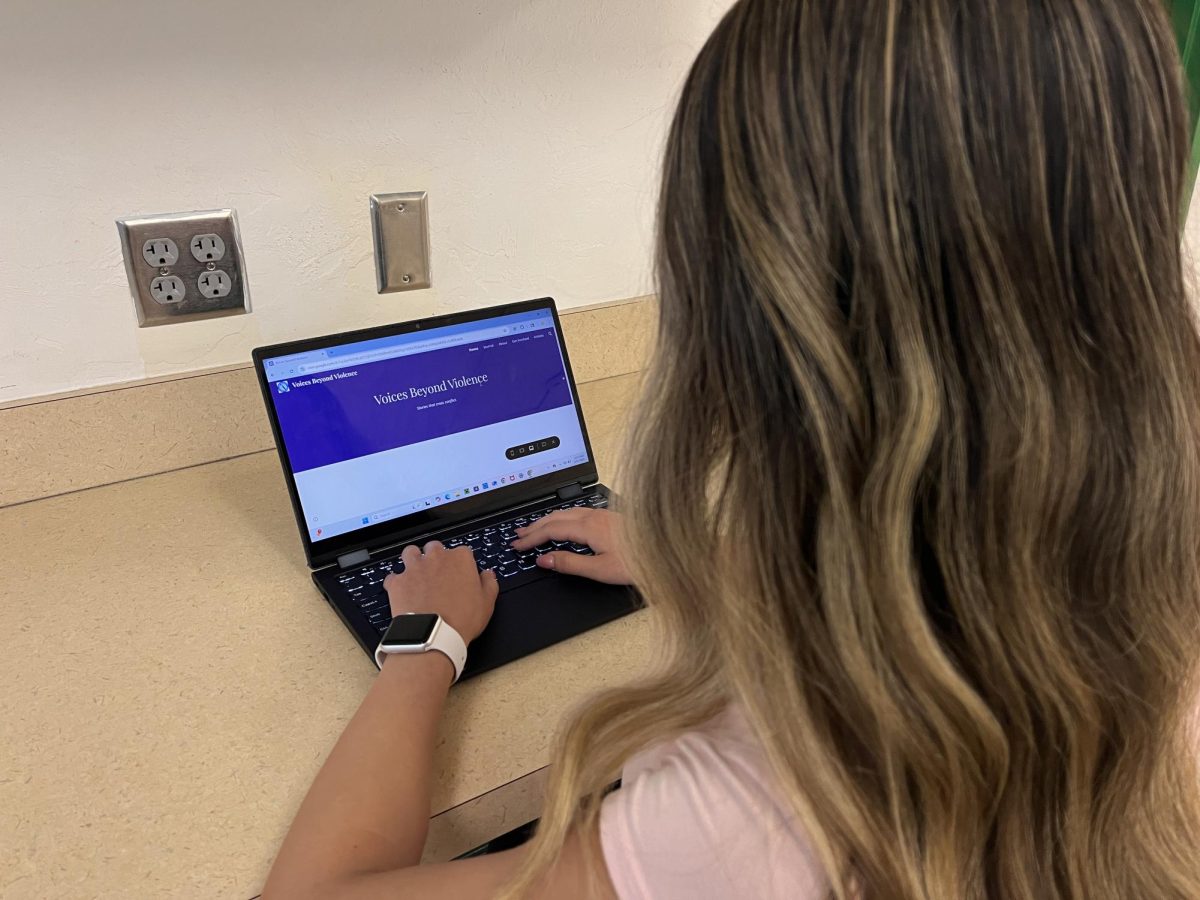A new forensic science class was implemented for the 2023-2024 school year, available to all students. The class counts as a science credit towards graduation and focuses on expanding student career opportunities. For students interested in the JHS Criminal Justice and Law field program, this course is a great addition to their next year’s course selection.
The forensic science class explores the motives behind crime cases and teaches students how to properly investigate and handle evidence left at a scene. Students learn a variety of disciplines such as fingerprinting, DNA analysis and anthropology.
“It’s great they added this class because we already have a Criminal Justice Academy program at our school and this just adds more to the curriculum, especially if you’re looking to go into the law field after high school,” Pamela Monterosso, junior member of the JROTC program, said. “It also allows more opportunities for students to better prepare for college.”
Crime investigation is an important topic and can not be taught by just anyone. This is recognized by Jupiter High administration, which is why they made sure to choose the best fit for the class.
“Before I taught at Jupiter High School, I worked for a police department in their training division for several years,” Ashley Foster, Medical and Forensic science teacher, said.
This experience from a teacher is crucial because it allows students to accurately understand the importance of dealing with crime scenes as well as new technology.
“Additionally, I coordinated initial training for new officers as well as crime scene investigations, department policies and procedures, defensive tactics and scenario-based training,” Foster said. “In organizing these training sessions, I learned procedures for handling crime scenes.”
Students took a field trip to the Palm Beach Gardens police department, where they were introduced to an array of specialists covering different topics in the police fields including the Florida Highway Patrols, Drug Enforcement Administration agents, K9 Officers and more. Students were taught what each individual job does and how students can prepare to begin their next step into finding the career that best interests them.
“We learned how different police officers process traffic homicide investigations, the procedures in determining if drugs were involved in a crime, using dogs to search for the presence of narcotics. We also performed a ballistics test to determine the effect of bullets on laminated [car windshields] and bulletproof glass,” Foster said.
This class is not only targeted towards students hoping to become future crime scene investigators, it also helps students recognize apprehensive behavior and potential threats, and informs them on what to do in uncomfortable situations.
“I use this in my everyday life, especially when I’m out with friends,” Monterosso said. “I’m able to recognize the signs of someone acting suspicious or displaying signs of possible dangerous activity.”






